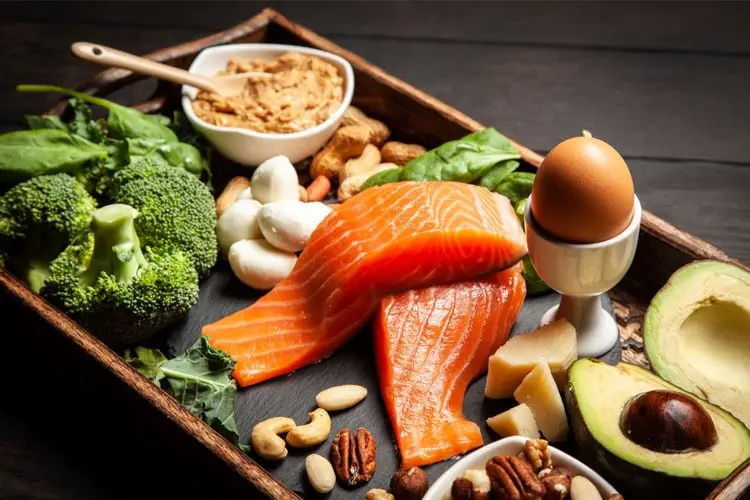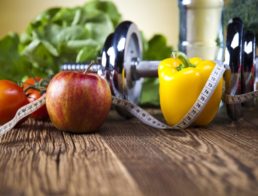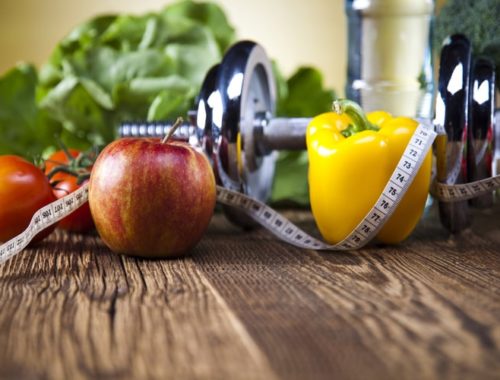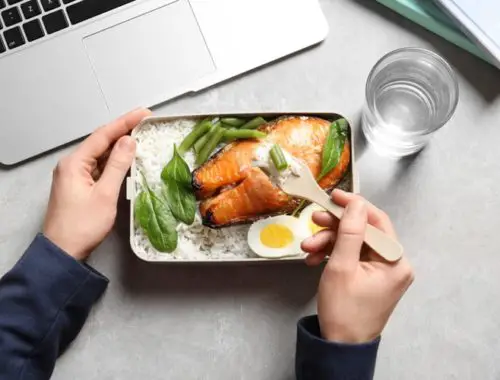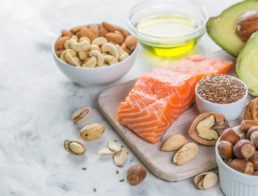If you’re wondering whether the ketogenic diet is right for you, you are not alone. The keto diet is a highly publicized diet on the Internet, and we see it in all sorts of magazines, books and TV shows. In this article, we will discuss some basic information about the keto diet. Also, we will discuss several ways on how to add more fat on the keto diet. As you will see, dietary fat intake is paramount to the keto diet!
What is the keto diet?
There are a lot of misconceptions and misinformation about the keto diet. The keto diet promotes the body going into ketosis, which is an alternative fuel burning state. Normally, our body tries to use carbohydrates for energy and only uses ketosis (a fat burning state to get energy) during times of severe starvation in order to survive.
Overall, the main goal of the keto diet is to both achieve and maintain ketosis for the long term. However, most people rarely reach ketosis and/or jump back out of ketosis so frequently that they are not truly following a ketogenic diet anyway. Your body tries to get itself out of ketosis as soon as it can, so you are really fighting against nature and the preferred energy-burning state of using carbohydrates for energy.
How is the keto diet structured?
Even though there is lots of information about the keto diet, consistent guidelines on how to structure the diet has yet to be established. In the most basic sense, however, the keto diet promotes a high fat intake with a moderate protein intake and a low carbohydrate intake. Carbohydrate intake is often restricted to 20 to 50 grams of carbohydrates for the entire day.
As with many fad diets, lots of foods are restricted or avoided on the keto diet. When we greatly restrict or avoid certain foods, this can decrease the likelihood of someone sticking to a diet. For example, the ketogenic diet greatly restricts carbohydrates. Carbohydrate foods include fruits, grains and starches, vegetables and dairy. How would you feel if you could never have 2 slices of bread on a sandwich ever again? Doing so could kick your body out of ketosis and you would have to start the process all over again! As you may imagine, extreme dietary restrictions rarely lead to success.
Who should be on a keto diet?
The ketogenic diet does have evidence-based uses in certain populations, such as populations with epilepsy. For the general public, however, a true ketogenic diet is usually highly restrictive, difficult to follow for the long term, and ultimately, difficult to do correctly. There is no doubt you will see people touting that the keto diet helped them lose weight. Overall, more research is needed to determine if the keto diet is effective for long term weight loss. Again, however, most people who claim they are following a keto diet are actually following a modified keto diet.
How to Get More Fat on a Keto Diet
One of the main problems people face on a keto diet is lack of variety. People who lack guidance from a registered dietitian may be limiting their diet because they are at a loss on how to do the keto diet for the long term. Here is a list of tips on how to diversify and add more fat on the keto diet to prevent burnout and promote better nutrition:
High Fat Food #1: Nuts and Nut Butter
Nuts, seeds and nut butter are full of heart healthy unsaturated fats. So, try adding nuts as a garnish to your meal. Nuts and seeds go great on low carb salads or even as a crunchy topping over salmon. Fisher mixed nuts are a great choice because they offer a variety of nuts.
High Fat Food #2: Heart Healthy Oils
Heart healthy oils like olive oil, flaxseed oil, canola oil, safflower oil, soybean oil and walnut oil can be great additions to a keto diet. Use them during cooking instead of butter to cut down on some saturated fats. Also, you can make your own keto-friendly dressing with your favorite oil, favorite herbs and lemon juice.
High Fat Food #3: Avocado
Avocadoes are full of healthy fats! Consume an avocado by itself, use it as a garnish or use a smoothie blender (Oster’s blender is my preferred smoothie blender) to mix it into a smoothie for a thicker, more filling meal!
High Fat Food #4: Fatty Fish
While you may consume fish oil supplements, it is best to get most of your nutrition from actual food sources. The same idea goes for fish consumption! Some fish are fattier than others. Strive to get a few servings of fish in per week. If you consume fatty fish like salmon or tuna, you are making a healthy choice since these fish have lots of heart healthy fats like omega-3 fatty acids.
If you don’t really like eating fish or would prefer a supplement, I recommend trying the fish oil supplement by Nature’s Bounty.
High Fat Food #5: Fatty Drinks
While you may want to add fat to your drinks on a keto diet by grabbing a Starbucks drink with milk and heavy cream, remember that a true keto diet aims to add fat while adding minimal carbohydrates. Unfortunately, dairy products like milk and heavy cream do have some carbohydrates. So, it is essential that you are conscious of how many carbs you are eating in a day.
If you do have some room for carbohydrates, then you can consider adding heavy cream to your coffee or tea. However, if you want to minimize how many carbs you are consuming, then you may need to turn to ingredients such as ghee, butter or coconut oil to your drinks. Keep in mind, however, that such ingredients like the ones we mentioned do have some unhealthy saturated fats.
Before You Move Forward with the Keto Diet
If you are interested in trying the keto diet, be sure to consume a wide variety of foods. Also, make sure to see a registered dietitian so that you can do the diet correctly. Being followed by a registered dietitian will help ensure that you are actually getting the results you are looking for.
